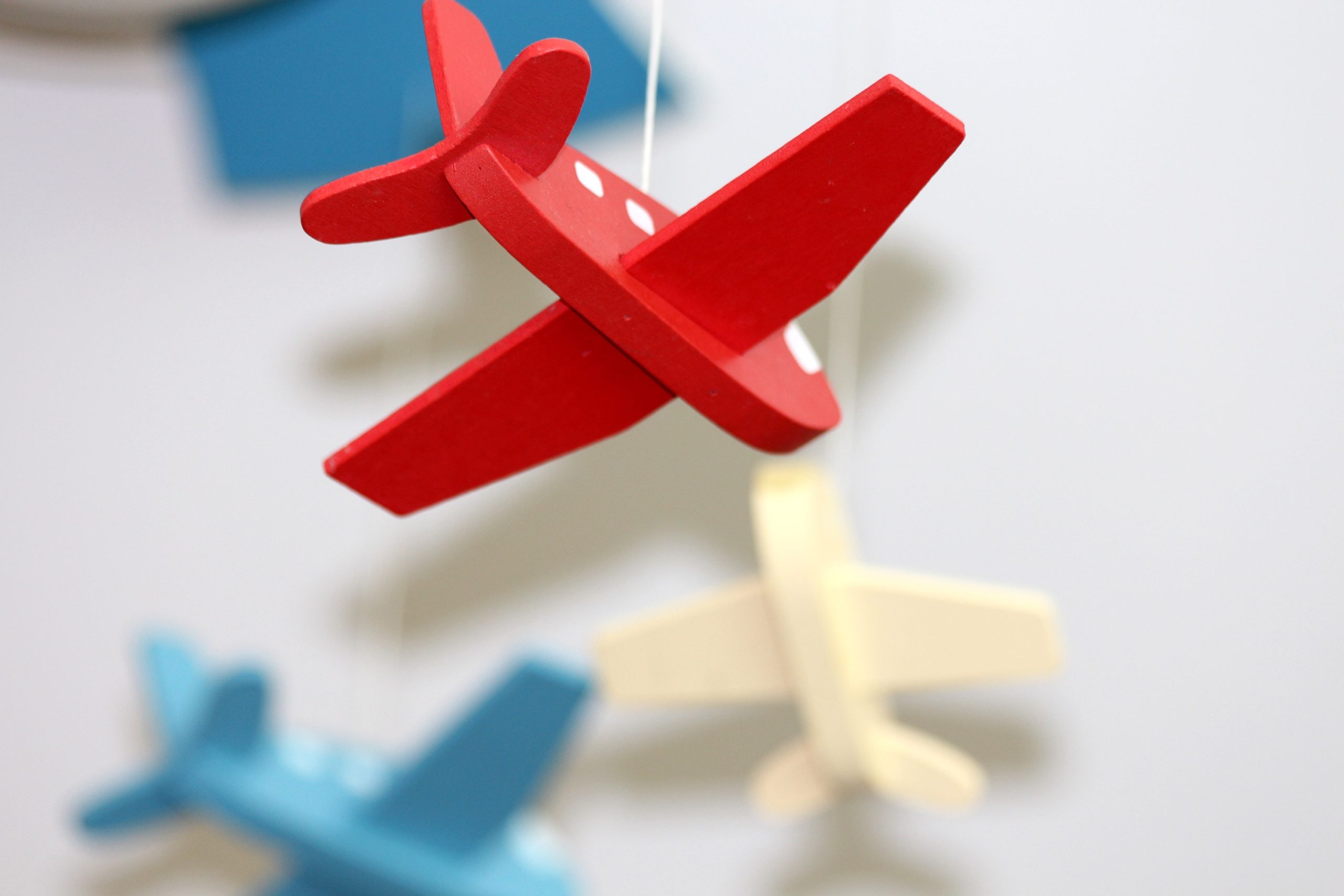
Most children outgrow their cribs and transition to a toddler bed around age 2 or 3 years old. However, there is no need to hurry to make this major transition.
This is because generally, the exact time to transition from crib to toddler bed is a matter of personal preference and depends on a variety of factors in every family and their children.
Therefore, as a parent, you need to make sure that your toddler is completely ready for this bedtime challenge, so they can have the right time to do this sleep training process as smoothly as possible.
In this article, we will provide you with some tips on how to help your toddler make the transition to a toddler bed easier and more fun for both you and your toddler.

What Should I Do to Make the Right Kids Transition to a Toddler Bed?
Toddler beds can be a great way for your toddler to transition from a crib or a regular bed.
They usually have the lowest position on the ground, which makes it easier for them to get in and out of bed.
Plus, they’re usually made out of sturdy materials, which will make them able to withstand some abuse.
However, the transition to a toddler bed can be a bit daunting, but with a bit of preparation and some tips, it can be a smooth process.
Here are some tips to help you make the transition:
1. Make Sure Your Toddler is Ready for the Transition
Toddlers are often excited about the change and may not want to sleep in their baby bed anymore. Sometimes, other kids feel afraid or uncomfortable when they move from their crib to a toddler bed.
This is why it is important for you to make sure that your toddler is ready for the transition. Talk to them about why the change is happening and what they can expect.
This will help them get used to the feel of the bed and make it less of a shock when they have to sleep in it overnight.
Remember that the transition to a toddler bed can be a gradual process, so be patient and consistent with your instructions throughout the process.
Keep in mind that your child may take longer to adjust to the new bed than you initially thought.
2. Make the Transition Gradual
Help your toddler make the transition by taking them on a gradual sleep-in schedule.
For example, start by allowing them to sleep in their new bed for an hour or two at a time before gradually extending this time until they are sleeping in the bed all night long.
Or, if your toddler is only sleeping in their baby bed at night, start by moving them to their toddler bed during the day while you are still in the room.
Let them gradually get used to sleeping in their new bed over the course of several nights or days.
This will help reduce any anxiety or fear they may have about the transition and also help them to the new environment and feel more secure.
This way, they will not feel as if they are making a big change overnight and will be more likely to enjoy their new bed.
Once your child is comfortable sleeping in the new bed, gradually begin to move all of his belongings, including his toys, into the toddler bed too.
This will help him learn that the bed is his new home.
3. Make Sure Your Toddler is Comfortable in the New Bed
There are many different types of toddler beds on the market, so find one that will fit your child’s personality and preferences. Some popular options include convertible cribs, twin mattresses with a built-in nightstand, and platform beds.
Then, to make sure your toddler is comfortable in their new bed, you can also try to find a mattress that is similar in firmness to their old crib mattress and adjust the sheets and blankets accordingly.
After that, you can try it out with them before making the switch. Sit in the bed with your toddler and see if they feel comfortable sleeping there alone.
If your toddler is still having trouble sleeping in their new bed, you can try placing a soft blanket over them or adding a pillow between their legs.
4. Get Your Toddler Used to Sleeping in a Dark Room
Most toddlers prefer sleeping in a bright room because it makes them feel safe and secure.
Once you’ve settled them into their new bed, start gradually introducing dark light into their bedroom by turning on a night light or leaving one window open a crack.
This will help them get used to sleeping in a new sleep environment and should make transitioning to their new bed much easier.
Then, when your toddler begins to sleep in their new bed, offer them positive reinforcement.
This will also help them feel good about the transition and encourage them to continue using their new bed.
5. Establish a Bedtime Routine for Your Toddler
One of the most important things you can do to help your toddler make the transition to a toddler bed is to establish a bedtime routine.
This will help them get used to sleeping in one specific place at night and will reduce the amount of chaos and stress that comes with this change.
Try to keep the following schedule during this transitional period:
-Tuck them in at night, telling them a bedtime story as a nightly routine
-Wait until they are completely asleep before leaving the room
-Repeat this process every night as the usual bedtime routine until they are ready to sleep on their own
This can be a difficult process, but with patience and guidance from you, they will eventually be able to fall asleep without waking up during the night.
6. Keep a Close Eye on Your Toddler during the Sleep-in Phase
If they start to cry or have bedtime tantrums, take them back to their old bed immediately.
You have to prepare and provide support and encouragement. This is important so that they do not develop any negative associations with their new bed and end up struggling to make the transition later on.
You also need to be patient with your toddler and not force them to make the transition prematurely. This will only lead to frustration and a lack of progress.
Toddlers need time out of their beds every day, so it’s best to allow them some freedom to explore their room and play outside during the morning and afternoon hours.
7. Praise Your Child for Making the Transition to a Toddler Bed
Praise your child for taking the initiative to move to a new bed and for adapting well to his new sleeping environment.
This will help him feel confident and proud of himself, and he will likely be more excited about transitioning to a regular bed later on in life.

Final Thoughts
There is no need to rush to make the transition from a crib to a toddler bed.
Remember that the process will be gradual and your child may take longer than you initially thought to adjust.
Therefore, we recommend you to establishing a bedtime routine and providing positive reinforcement to help your toddler make the transition smoothly.
Subscribe to our blog MatureParent for more information or tips about parenting and more!
FAQs
How long does it take to adjust to a toddler bed?
There is no set time frame for how long it will take your toddler to adjust to a toddler bed. It will depend on your child’s personality, bed-wetting history, and other factors. However, generally speaking, it should take around a week for them to get used to the new bed and start sleeping better in it.
How do I know when to transition to a toddler bed?
Generally, toddlers should transition to a toddler bed between 18 months and 3 years old.
What should be the first night of a toddler bed?
The first night of a toddler bed should begin with the parent staying in the room to help the child settle down. It is important to be calm, respectful, and empathetic to your kids.
Why is it so hard to put my toddler to bed?
Most toddlers are resistant to going to bed at night. This is because they are still trying to figure out how to manage their sleep-wake cycle on their own. However, with patience and some help from you, they will eventually get used to sleeping in a toddler bed and start sleeping better at night.
How do I teach my toddler to fall asleep on his own?
To help a toddler learn to fall asleep on their own, parents can start by setting up a comfortable and safe bedroom and establishing a regular bedtime routine.



